The Carr Fire in northern California was already devastating enough when something unthinkable happened. On July 26, 2018, winds within a fire tornado reached 143 miles per hour, equivalent to an EF3 tornado, carving a path of destruction unlike anything firefighters had witnessed before. This wasn’t just wildfire anymore – nature had weaponized flame itself into a spinning column of death that could lift vehicles, obliterate structures, and spread burning embers across vast distances in seconds. What emerged from that California blaze represents one of the most spectacular yet terrifying phenomena on Earth: fire tornadoes, where physics meets fury in ways that challenge our understanding of both fire and atmospheric science.
When Fire Becomes a Weapon
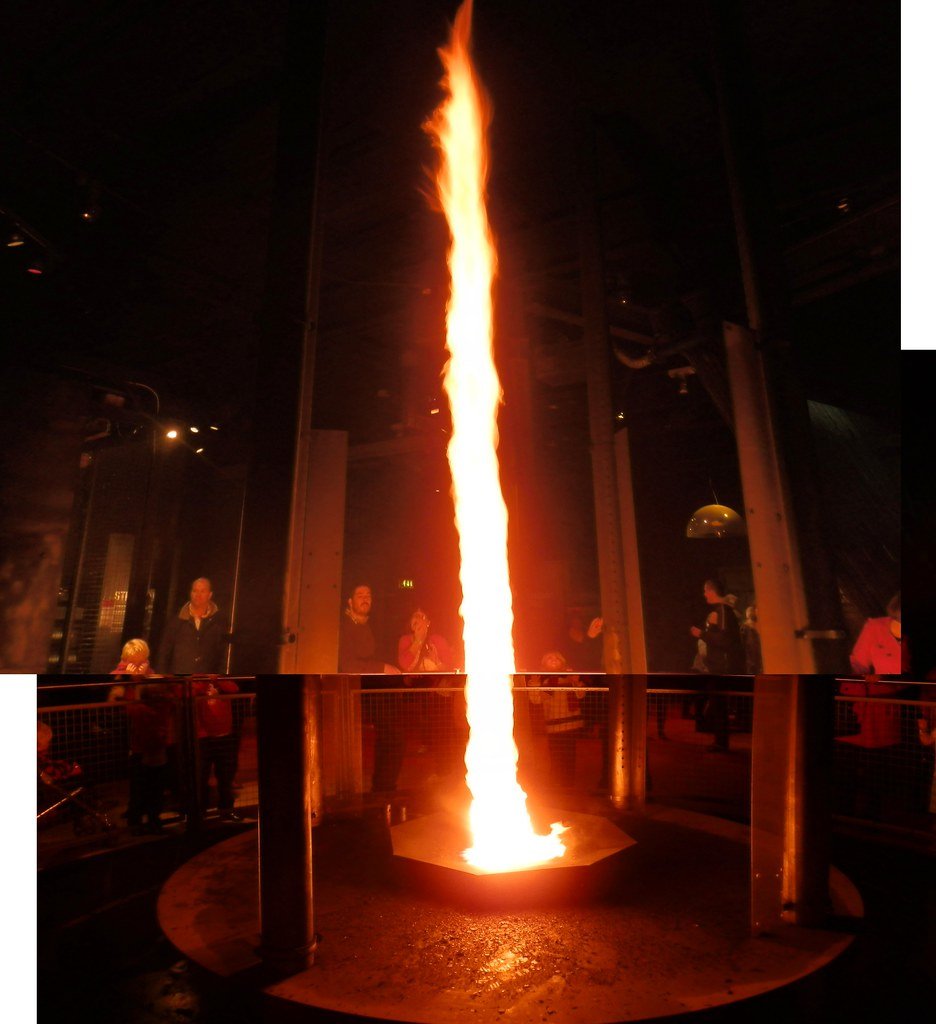
Fire tornadoes aren’t actually tornadoes at all. Fire tornadoes develop when a blaze, not the sun, heats air above the surface of the Earth. They’re not really tornadoes at all, but a special type of whirlwind that scientists call fire whirls or fire devils. Unlike traditional tornadoes, which form due to severe thunderstorms, fire tornadoes originate in intense wildfires or volcanic eruptions where extreme heat meets turbulent air currents.
These blazing vortices form through a process that’s both elegant and terrifying. The fire heats up the surrounding air, causing it to expand and become less dense than the cooler air further away from the flame. This causes the warm air to rise. Cool air from the sides then flows towards the heat of the flame. When certain wind conditions exist, this creates a perfect storm of physics.
The Hidden Physics Behind the Inferno
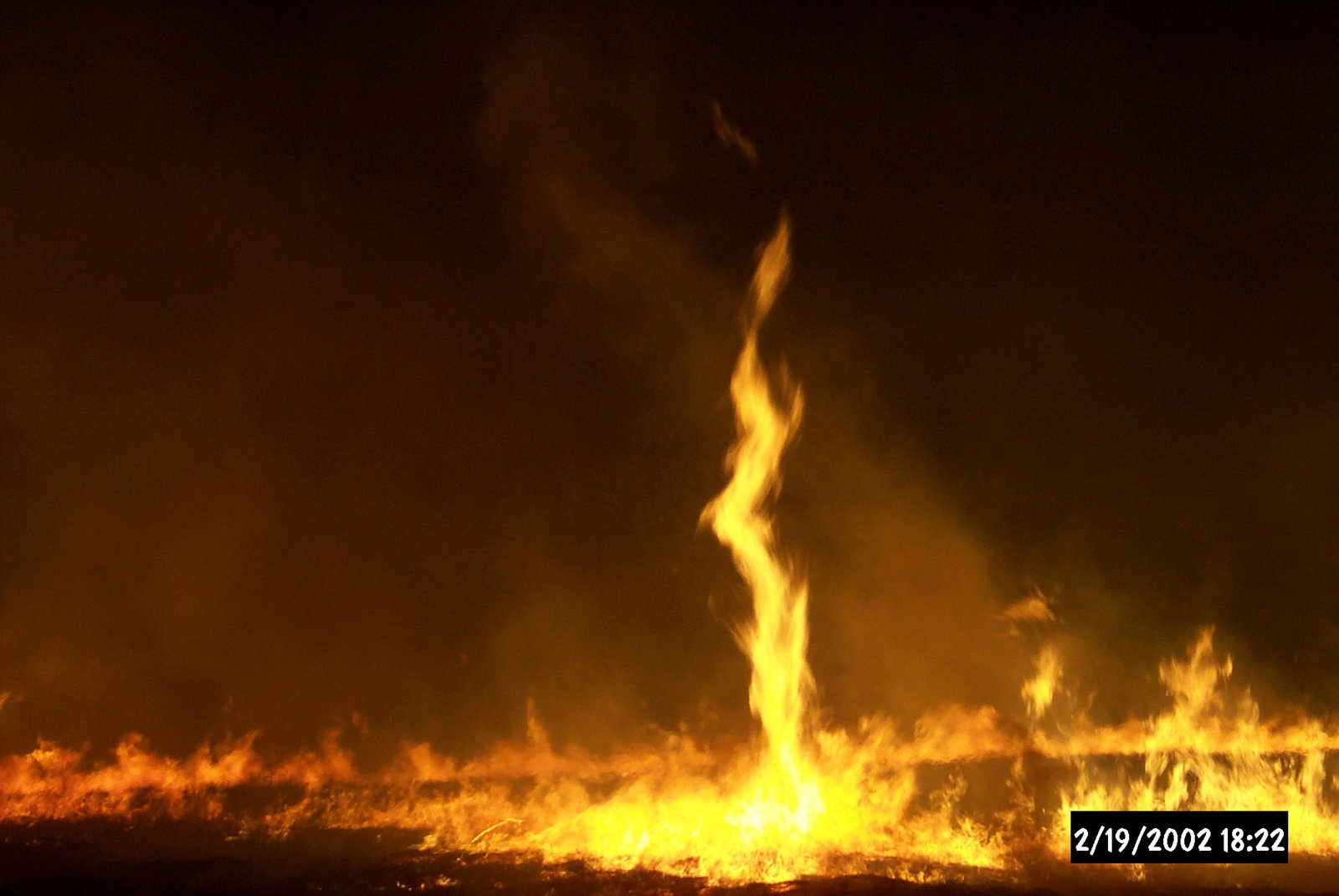
Everything begins with a horizontal vortex, or roll. In the case of supercell tornadoes, the rolling motion occurs when fast winds high above the ground run into slower winds near the ground. This is known as a kind of wind shear called speed shear. But fire creates its own unique atmospheric conditions.
Wind shear can also play a role in wildfires, but wildfires can generate horizontal vortices without the help of large-scale winds. This occurs on the forward side of the fire line, where horizontal temperature differences develop as hot air behind the fire meets cold air in front of the fire. Think of it like the meeting of two different weather systems, except one is created by burning vegetation and extreme heat.
Temperature Extremes That Defy Belief
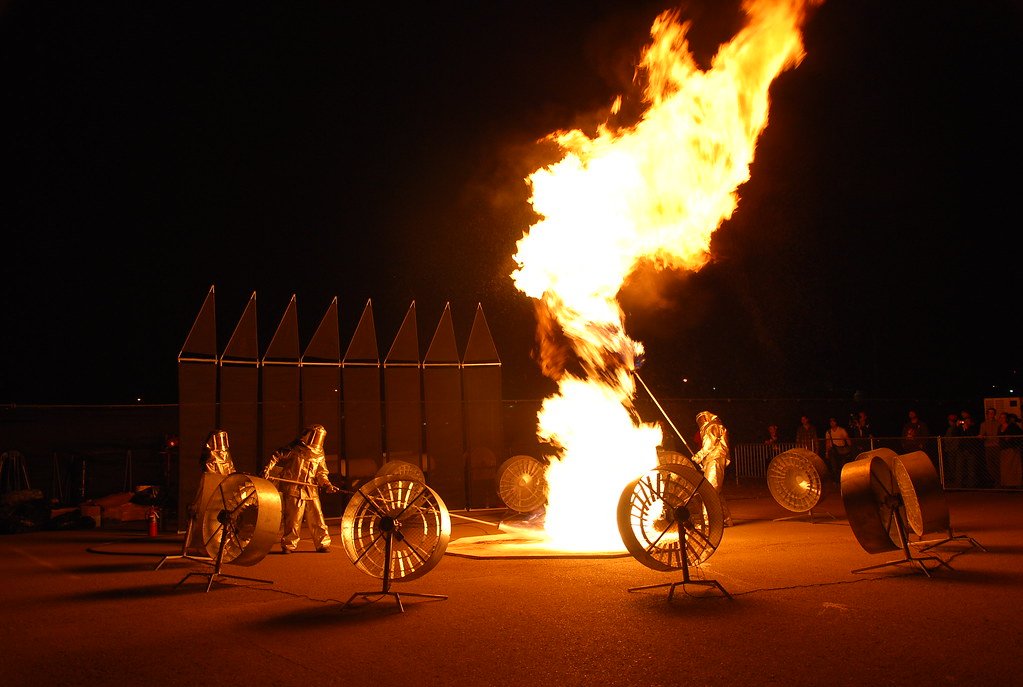
The temperatures inside these fire tornadoes reach levels that seem impossible. Size: 300 to 400 feet tall and 20 to 50 feet wide. Temperature inside the column: 2,000 degrees Fahrenheit. A fire whirl can reach up to 2,000 °F. To put that in perspective, that’s hot enough to melt aluminum and copper – temperatures that would instantly vaporize anything organic that gets caught in its path.
They are usually 10–50 m tall, a few meters wide, and last only a few minutes. Some, however, can be more than 1 km tall, contain wind speeds over 200 km/h, and persist for more than 20 minutes. The largest documented fire whirl occurred during the 1923 Great Kantō earthquake in Japan, in which a city-wide firestorm in Tokyo produced the conditions required for a gigantic fire whirl that killed 38,000 people in fifteen minutes.
Why the Western United States Has Become Ground Zero

The American West has transformed into a tinderbox, and the conditions creating fire tornadoes are becoming more frequent. Research shows that changes in climate create warmer, drier conditions, leading to longer and more active fire seasons. Increases in temperatures and the thirst of the atmosphere due to human-caused climate change have increased aridity of forest fuels during the fire season.
A 2016 study found climate change enhanced the drying of organic matter and doubled the number of large fires between 1984 and 2015 in the western United States. A 2021 study supported by NOAA concluded that climate change has been the main driver of the increase in fire weather in the western United States. This isn’t just about more fires – it’s about creating the perfect atmospheric conditions for fire tornadoes to form.
The Anatomy of Destruction
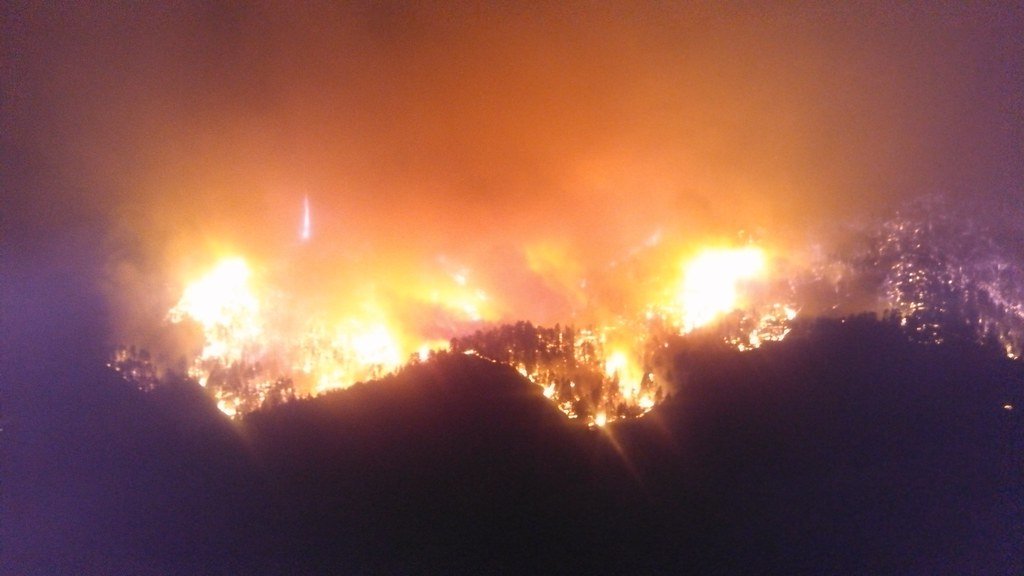
Fire tornadoes amplify the destruction of wildfires by: Spreading Flames Rapidly: They lift burning embers and spread them far beyond the main fire, starting new fires in unexpected places. Creating Extreme Heat: The spinning vortex increases temperatures inside the whirl, making suppression efforts even more difficult. Generating High Wind Speeds: Some fire tornadoes reach speeds of over 100 mph.
The 2003 Canberra bushfires demonstrated just how devastating these phenomena can be. It was calculated to have horizontal winds of 160 mph and vertical air speed of 93 mph, causing the flashover of 300 acres in 0.04 seconds. It was the first known fire whirl in Australia to have EF3 wind speeds on the Enhanced Fujita scale. Imagine three hundred acres engulfed in flames in less than a tenth of a second – that’s the terrifying power we’re dealing with.
The Science Community Struggles to Keep Pace
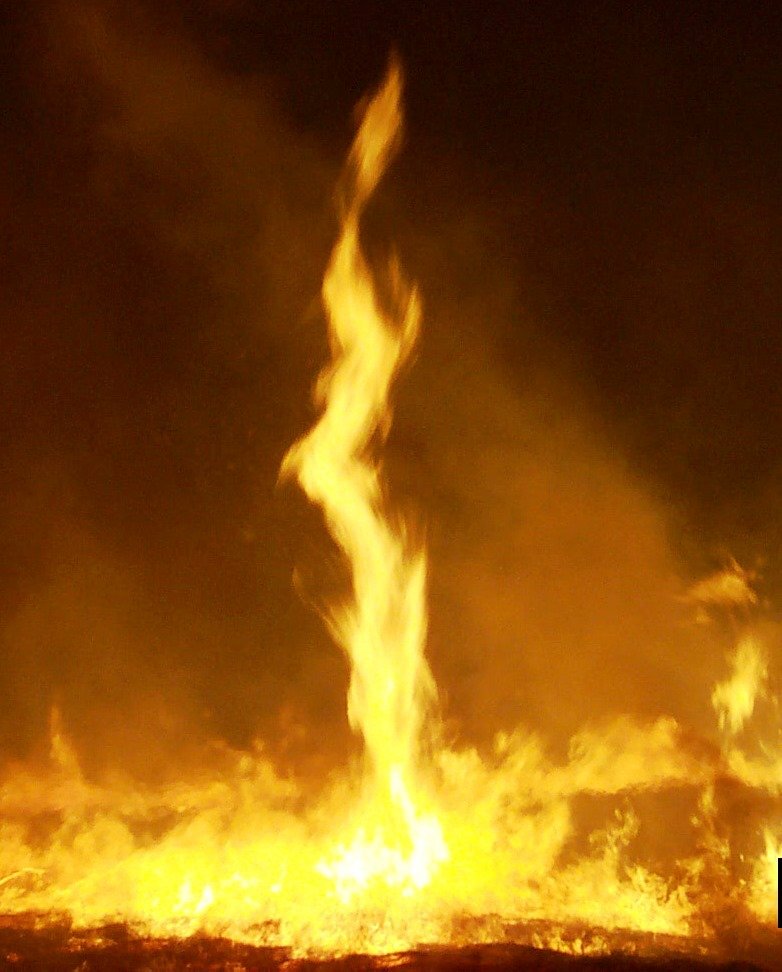
Scientists are racing to understand these phenomena, but fire tornadoes present unique research challenges. You wouldn’t want to get near a fire tornado to get its vital measurements. Luckily, a few intrepid scientists have done the dirty work for you. Here’s what they know now about the basic fire tornado. Traditional weather monitoring equipment simply can’t survive the extreme conditions.
One particular study done at the University of Coimbra in Portugal, analysed how vorticity varies with the forest fuel, burning rate and intensity of the fire by conducting a laboratory scale experiment. Researchers are now using high-temperature resistant drones and satellite imaging to study these events from safe distances.
Climate Change: The Invisible Accelerant
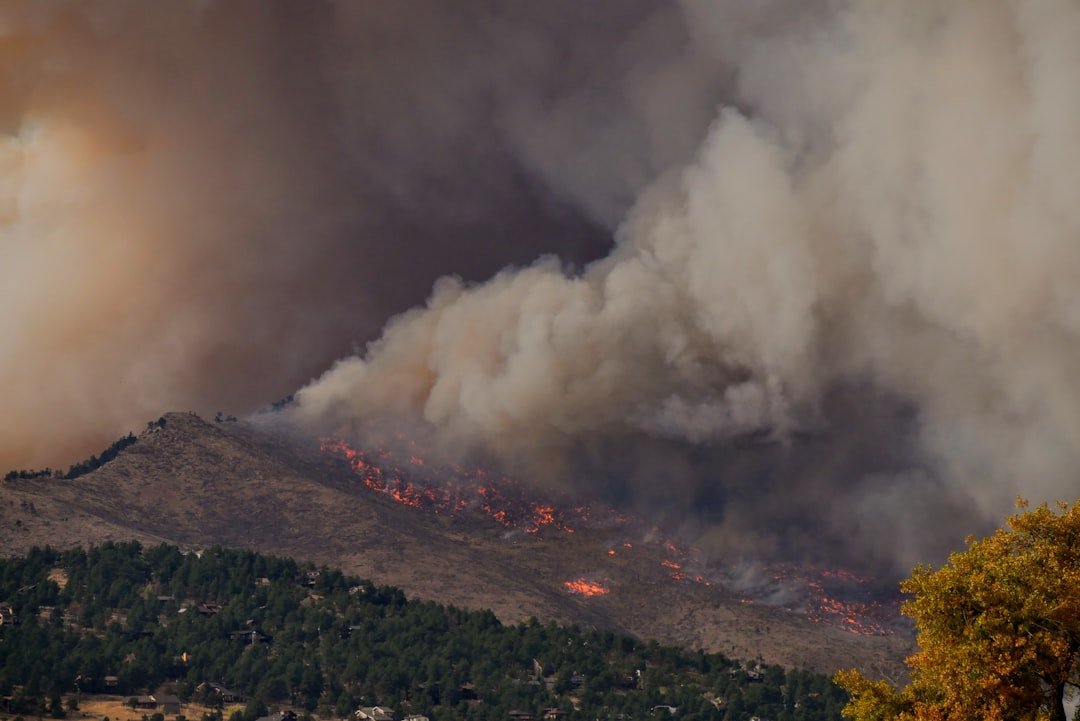
Climate change is expected to continue to exacerbate impacts to forested ecosystems by increasing the frequency, size, and severity of wildfires across the western United States. Warming temperatures and shifting precipitation patterns are altering western landscapes and making them more susceptible to high-severity fire.
For much of the U.S. West, projections show that an average annual 1 degree C temperature increase would increase the median burned area per year as much as 600 percent in some types of forests. This exponential increase in fire activity creates more opportunities for the perfect atmospheric conditions that spawn fire tornadoes. As climate change increases wildfire risks, awareness and proactive measures are more critical than ever.
The Firefighters’ Nightmare Scenario
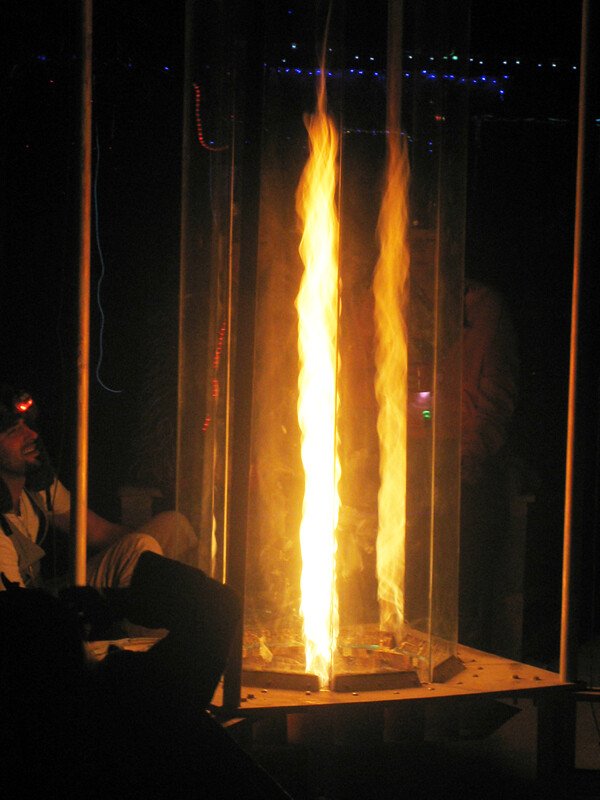
Firefighters must retreat when a fire whirl forms, as these tornadoes can unpredictably shift directions. Endangering Firefighters and Residents: Firefighters must retreat when a fire whirl forms, as these tornadoes can unpredictably shift directions. For crews already battling extreme conditions, fire tornadoes represent the ultimate wild card – a force that can instantly change direction, intensify beyond prediction, and turn a manageable fire into a catastrophe.
Even experts are sometimes surprised by the destructive force of a fire tornado: In 2000, a fire whirl under observation by a crew from the California Department of Forestry and Fire Protection jumped a firebreak, lifted an all-terrain vehicle off the ground and smashed it into an SUV, crushing part of the SUV and injuring a crew member. These aren’t just theoretical dangers – they’re documented threats to human life.
Technology Meets Ancient Fury
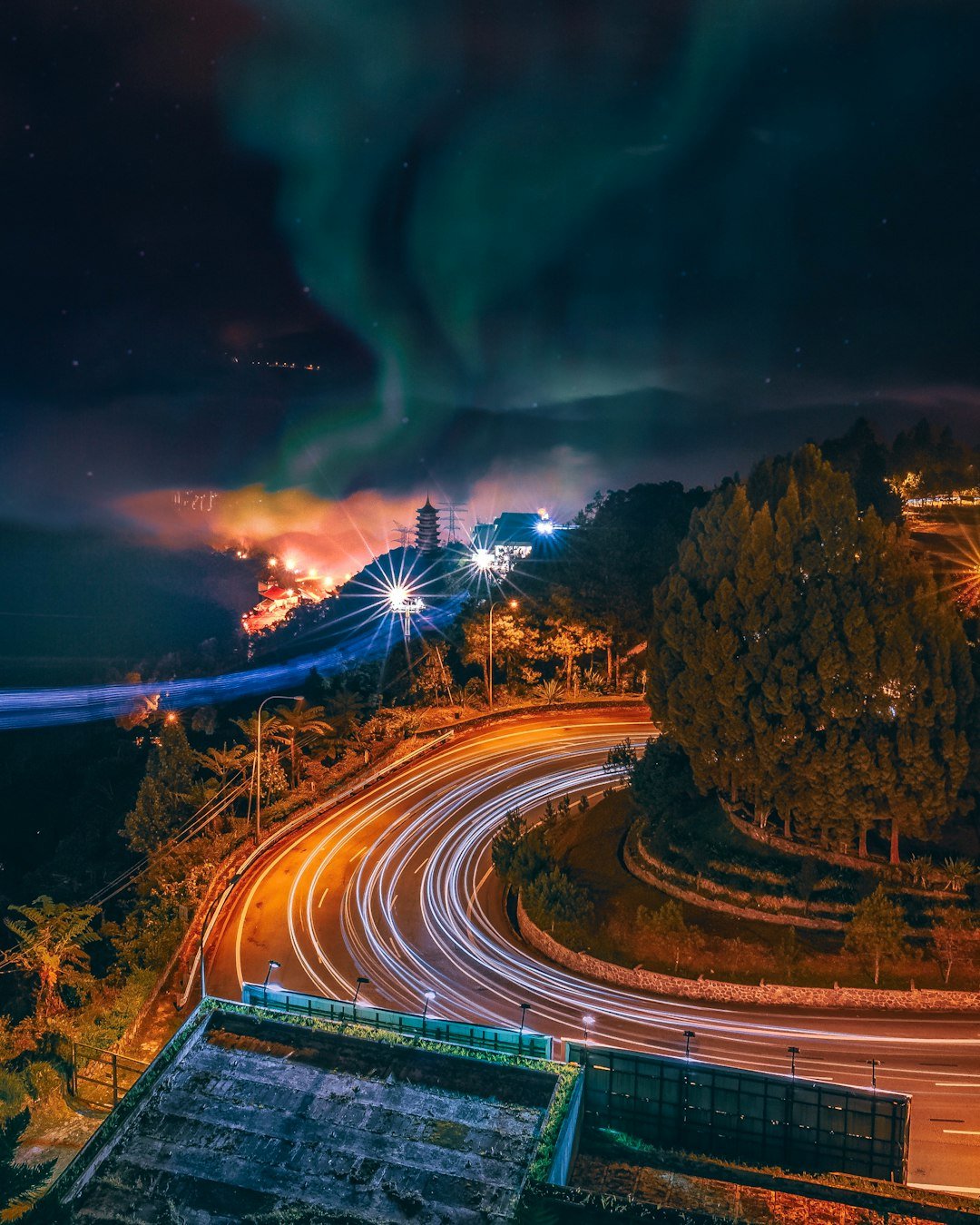
Modern firefighting technology is struggling to adapt to these prehistoric-seeming phenomena. Traditional fire suppression methods become useless when dealing with a spinning column of flame that can reach over a thousand feet into the air. In a rare occurrence, a nearly stationary and strong fire tornado was produced by the Deer Creek wildfire in San Juan County, Utah, with winds rated at 122 mph by the NWS, giving it a rating of EF2. No injuries or fatalities occurred due to this tornado, although a fire engine belonging to the Bureau of Land Management was damaged.
Scientists are now developing early warning systems specifically for fire tornado conditions, using atmospheric modeling that combines traditional tornado prediction with wildfire behavior analysis. The goal is to give firefighters enough advance warning to retreat to safety before these deadly vortices form.
Global Implications and Future Projections

Western wildfire damage during the 2017-2021 period was historic, exceeding $90 billion in 2024 dollars compared to only $58 billion in combined damage for the other 18 BDD wildfire events since 1980. The multi-year, “D4-exceptional” Western drought and the continual growth of the built environment along the wildland-urban interface likely contributed to the catastrophic wildfires of the 2017-2021. 17 of the 20 largest California wildfires by acreage and 18 of the 20 most destructive wildfires by the number of buildings destroyed have occurred since the year 2000.
As populations continue growing in fire-prone areas and climate change intensifies, fire tornadoes could become a regular feature of Western wildfire seasons. With continued high emissions of greenhouse gases, models project that the risk of very large wildfires will increase by up to six-fold in parts of the United States by mid-century. This isn’t just an American problem – Australia, southern Europe, and other fire-prone regions are seeing similar trends.
Preparing for an Uncertain Future
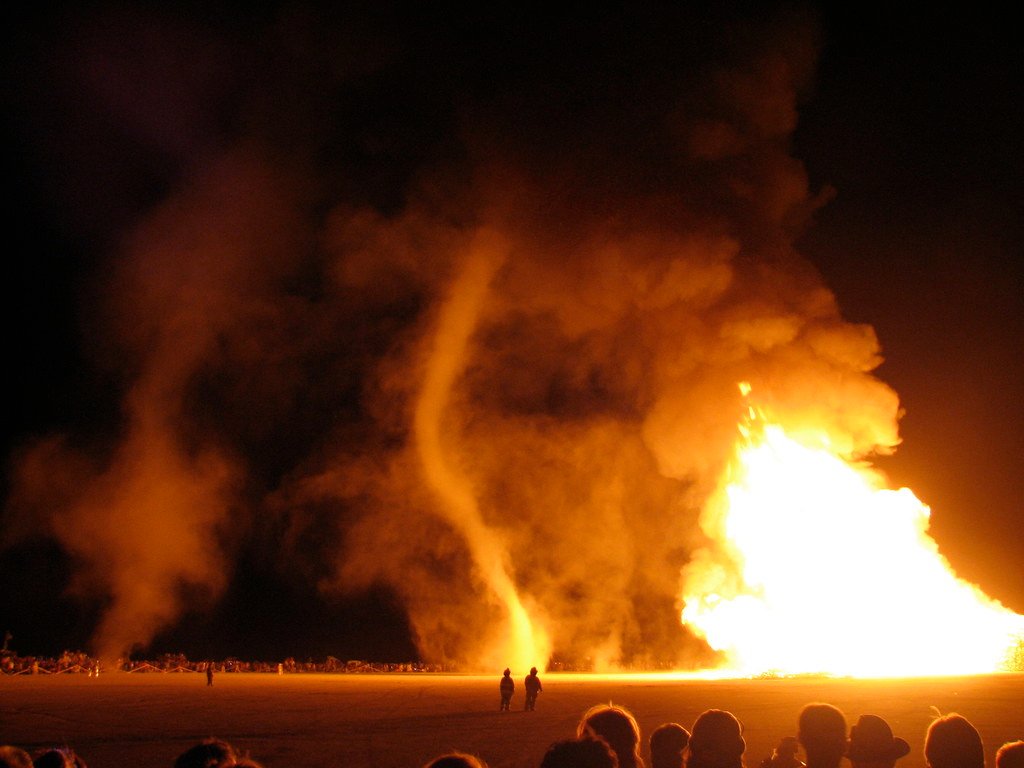
Communities in fire-prone areas need new strategies that account for the possibility of fire tornadoes. Traditional evacuation plans often assume fires spread predictably along the ground, but fire tornadoes can leap firebreaks and create new ignition points miles away in seconds. The conditions for fire whirls are ideal in forest fires. Indeed, these fire whirls pose a danger to firefighters trying to control such fires.
Early warning systems are being developed that combine atmospheric conditions, fuel moisture levels, and fire behavior to predict when conditions are ripe for fire tornado formation. But perhaps the most important step is simply awareness – understanding that fire tornadoes represent a real and growing threat that requires new approaches to wildfire preparedness and response.
Fire tornadoes aren’t science fiction – they’re an increasingly common reality in our warming world, where the line between natural disaster and atmospheric fury continues to blur. As we’ve seen from California to Australia, when fire meets physics under just the right conditions, the results can be more devastating than either phenomenon alone. The question isn’t whether we’ll see more fire tornadoes in the future, but whether we’ll be ready for them when they arrive. Can we adapt our technology and tactics fast enough to match nature’s escalating fury?

Suhail Ahmed is a passionate digital professional and nature enthusiast with over 8 years of experience in content strategy, SEO, web development, and digital operations. Alongside his freelance journey, Suhail actively contributes to nature and wildlife platforms like Discover Wildlife, where he channels his curiosity for the planet into engaging, educational storytelling.
With a strong background in managing digital ecosystems — from ecommerce stores and WordPress websites to social media and automation — Suhail merges technical precision with creative insight. His content reflects a rare balance: SEO-friendly yet deeply human, data-informed yet emotionally resonant.
Driven by a love for discovery and storytelling, Suhail believes in using digital platforms to amplify causes that matter — especially those protecting Earth’s biodiversity and inspiring sustainable living. Whether he’s managing online projects or crafting wildlife content, his goal remains the same: to inform, inspire, and leave a positive digital footprint.




